Results 10,601 to 10,610 of 12096
Thread: Anandtech News
-
06-05-20, 12:24 PM #10601
Anandtech: GIGABYTE Announces Z490 Aorus Ultra G2 Motherboard, with G2 Esports Tie-In
Collaborations between hardware vendors and Esports teams isn't a new thing, but it is becoming an apparent and common trend within the industry. GIGABYTE and G2 Esports has announced the Z490 Aorus Ultra G2 motherboard which is a limited edition version of its Z490 Aorus Ultra model, but with a few refinements. The new board updates the aesthetics to a mixture of red, silver and black, with an inclusive ESS Sabre ES9280CPRO USB Type-C DAC bundled with the board.
Using the GIGABYTE Z490 Aorus Ultra motherboard as its foundation, the limited edition Z490 Aorus Ultra G2 opts for red aluminium heatsink fins which cools the 12-phase power delivery, with a red, silver, and black aesthetic throughout. It includes two areas of integrated RGB LED lighting including the slash marks on the rear panel cover, and the G2 eye built into the chipset heatsink. There are three full-length PCIe 3.0 slots which operate at x16, x8/x8, and x8/x8/+x4, with three PCIe 3.0 M.2 slots and six SATA ports.
Included in the feature set is an Intel I225 2.5 gigabit Ethernet controller, with an Intel AX201 Wi-Fi 6. Primarily targeting the mid-range of the Z490 market, the Z490 Aorus Ultra G2 has three USB 3.2 G2 Type-A, one USB 3.2 G2 20 Gbps Type-C, two USB 3.2 G1 Type-A, and four USB 2.0 ports on the rear panel. Also present is a DisplayPort 1.4 video output, with five 3.5 mm audio jacks and S/PDIF optical output which are controlled by a Realtek ALC1220-VB HD audio codec.
What's separates the Z490 Ultra G2 from the non-G2 Esports branded model is in the accessories bundle. Included is a G2 and GIGABYTE branded ESS Sabre ES9280CPRO USB DAC which features a USB Type-C connector to 3.5 mm output which allows gamers and audiophiles to benefit from higher quality audio. The bundle also includes an engraved aluminium plaque signed by G2's CS: GO prodigy kennyS.
The GIGABYTE Z490 Aorus Ultra G2 is set to be available in the US, UK, Germany, France, Spain, Poland and Russia. However, GIGABYTE hasn't announced pricing, nor do any of the major vendors such as Amazon or Newegg have it listed.
Related Reading- The Biostar Racing Z490GTN Review: $200 for Comet Lake mini-ITX
- MSI MPG Z490 Carbon EK X: LGA1200 Motherboard with an EKWB Monoblock
- The ASRock Z490 Taichi Motherboard Review: Punching LGA1200 Into Life
- The Intel Z490 Overview: 44+ Motherboards Examined
- The Intel Comet Lake Core i9-10900K, i7-10700K, i5-10600K CPU Review: Skylake We Go Again
More...
-
06-05-20, 12:24 PM #10602
Anandtech: The Biostar Racing Z490GTN Review: $200 for Comet Lake mini-ITX
Small form factor boards are always a key talking point for any desktop market. The usual breakdown on Mini-ITX sales for any given generation is usually around 10%, and because these boards end up in the lower-cost systems, there tends to be a focus on the cheaper end of the spectrum, even when it comes to the Z series chipset which is the one with all the bells and whistles. With Intel's new Comet Lake-S processors, ranging from Celeron all the way up to Core i9, and with the new socket for Comet Lake, there will be a renewed demand for those looking to build a small form factor Intel system. One of the popular mini-ITX low-cost boards in each generation is from BIOSTAR, and today we're testing the Z490GTN.
More...
-
06-05-20, 06:01 PM #10603
Anandtech: AMD Confirms That SmartShift Tech Only Shipping in One Laptop For 2020
Launched earlier this year, AMD’s Ryzen 4000 “Renoir” APUs brought several new features and technologies to the table for AMD. Along with numerous changes to improve the APU’s power efficiency and reduce overall idle power usage, AMD also added an interesting TDP management feature that they call SmartShift. Designed for use in systems containing both an AMD APU and an AMD discrete GPU, SmartShift allows for the TDP budgets of the two processors to be shared and dynamically reallocated, depending on the needs of the workload.
As SmartShift is a platform-level feature that relies upon several aspects of a system, from processor choice to the layout of the cooling system, it is a feature that OEMs have to specifically plan for and build into their designs. Meaning that even if a laptop uses all AMD processors, it doesn’t guarantee that the laptop has the means to support SmartShift. As a result, only a single laptop has been released so far with SmartShift support, and that’s Dell’s G5 15 SE gaming laptop.
Now, as it turns out, Dell’s laptop will be the only laptop released this year with SmartShift support.
In a comment posted on Twitter and relating to an interview given to PCWorld’s The Full Nerd podcast, AMD’s Chief Architect of Gaming Solutions (and Dell alumni) Frank Azor has confirmed that the G5 15 SE is the only laptop set to be released this year with SmartShift support. According to the gaming frontman, the roughly year-long development cycle for laptops combined with SmartShift’s technical requirements meant that vendors needed to plan for SmartShift support early-on. And Dell, in turn, ended up being the first OEM to jump on the technology, leading to them being the first laptop vendor to release a SmartShift-enabled laptop.
It's a brand new technology and to @dell credit they jumped on it first. I explained reasons why during my interview with @pcworld @Gordonung @BradChacos No more SmartShift laptops are coming this year but the team is working hard on having more options ASAP for 2021.Azor’s comment further goes on to confirm that AMD is working to get more SmartShift-enabled laptops on the market in 2021; there just won’t be any additional laptops this year. Which leaves us in an interesting situation where, Dell, normally one of AMD's more elusive partners, has what's essentially a de facto exclusive on the tech for 2020.
— Frank Azor (@AzorFrank) June 4, 2020
More...
-
06-08-20, 09:56 AM #10604
Anandtech: Lion Semi: How High-Efficiency ICs Enable Fast-Charging
The last few years have seen quite a large shift in the mobile market as smartphone vendors have engaged in a literal arms-race aiming for the fastest charging phones possible. In only a few years we’ve seen phones go from what used to be considered “fast charging” at rate of up to 18W to new advertised 65W rates. What a lot of consumers however often misunderstand, is that these new fast-charging systems aren’t primarily enabled by new battery technologies, but rather by new advances in charging systems that have become more and more efficient.
There are many different solutions to increasing charging efficiency, but today’s topic surrounds a younger start-up called Lion Semiconductor that specialises in a very different voltage conversion technology for power ICs, called switched-capacitor voltage converters. The San Francisco based start-up is seeing some increasing success in today’s mobile market where it enables vendors to achieve some of today’s fast charging phones.
More...
-
06-08-20, 09:56 AM #10605
Anandtech: ASRock Rack Offers Rome mATX Motherboard with only 6 Memory Channels
One of the items that makes a motherboard immediately standout is the amount of memory slots it has. For mainstream platforms, having two or four memory slots, for dual channel memory at one DIMM per channel (1 DPC) or two modules per channel (2 DPC) respectively is normal. If we saw a motherboard with three, it would be a little odd.
We’ve seen high-end desktop platforms have three (Nehalem) or four (almost everything else) memory channels, so we see either 3/4 or 6/8 memory slots respectively for 1 DPC and 2 DPC. When moving into server hardware, Intel’s Xeons have six channels, while AMD’s EPYC has eight channels, so 6/8 and 12/16 for 1 DPC and 2 DPC are obvious.
So what happens when a motherboard displays a different number of memory slots than expected? This is what happens with the new ASRock Rack ROME6U-2L2T motherboard. It supports AMD EPYC processors, both Naples and Rome, which have eight channel memory. Even at 1 module per channel, we expect a minimum of eight memory slots. But for this motherboard, there is only six.
More...
-
06-08-20, 01:59 PM #10606
Anandtech: ID-Cooling Aims Low: 47mm Low-Profile CPU Cooler with 130W TDP
One part of the industry that requires millimeter precision is building systems for small form factor designs – being able to take advantage of every small bit of volume inside a chassis but also maximize performance yet minimize noise is a critical element to the success of these systems. ID-Cooling has thrown another hat into the ring when it comes to cooling the processor, something that can be a tough job in such an enclosed space. The new IS-47K is designed with a maximum height of 47mm, and is apparently rated for CPUs up to 130 W.
Featuring six copper heatpipes and a 92mm PWM fan measuring 15mm thick, the IS-47K situates the fan in between the copper contact plate of the cooler and the heatsink, pushing air up through the aluminium fins, from CPU to outside. The whole element is nickel plated, along with a ‘metal frosted’ frame to keep the dimensions nice and snug. Judging by the renders, this cooler is designed to sit just on top of the rear IO, with a stepped type of cooling to facilitate rear connectors that come back a fair way into the socket area.
It should be noted that while this CPU is rated to support a TDP of 130 W, some processors during turbo modes will surpass that 130 W limit. Users will have to adjust their BIOSes accordingly.
The IS-47K offers brackets for all Intel LGA115x/1200 sockets, as well as AMD AM4. It comes bundled with ID-Cooling’s own TG25 thermal grease, rated at 10.5 W/mK. ID-Cooling claims full memory compatibility with all mini-ITX motherboards, as it doesn’t go over the top of any memory modules. This means that the double-height G.Skill modules, enabling double-density on certain motherboards, should be suitable.
The IS-48K will be sold for $45 at the end of June.
Source: ID-Cooling
Related Reading- CES 2020: be quiet! Unveils New Pure Rock 2 CPU Cooler For Entry Level
- ID Cooling Unveils IS-30 Low-Profile 30-mm Cooler for 100 Watt CPUs
- My Face on a CPU Cooler: Two Minutes with ASUS’ Ryujin CLC
- Arctic Unveils Alpine AM4 Passive CPU Cooler
- Cooler Master at CES 2018: New MasterAir G100M and MA410M, MasterLiquid ML240 SMART CPU Coolers
Gallery: ID-Cooling Aims Low: 47mm Low-Profile CPU Cooler with 130W TDP



More...
-
06-08-20, 01:59 PM #10607
Anandtech: Intel Kaby Lake-G GPU Driver Updates Left In Limbo, Currently Unsupported
While the retail shelf life of Intel’s unusual Kaby Lake-G processor has pretty much passed at this point, it looks like it has become the gift that keeps on giving when it comes to confusion about how support for the combined Intel/AMD chip will work. First spotted by Tom’s Hardware, AMD’s latest driver Radeon driver installer doesn’t include support for the chip’s AMD “Vega M” GPU, and as a result there are currently no up-to-date drivers available for the platform. And while Tom’s Hardware did get a cryptic-but-promising response from AMD about future driver support, for the moment it’s not clear what’s going to happen or how long-term driver support for the processor will work.
A one-off collaboration between Intel and AMD, Intel’s Kaby Lake-G processor combined a quad-core Intel Kaby Lake CPU with a discrete AMD Polaris-based GPU, all on a single package. With the AMD dGPU covering for Intel’s traditionally weak integrated graphics, Kaby Lake-G gave Intel and interesting chip that could deliver great compute performance and much stronger graphics performance as well.
However since the GPU portion of Kaby Lake-G came from outside Intel, the chip has always existed in an odd place where it’s never been fully embraced by either manufacturer. Even as an Intel-sold and Intel-branded product, Kaby Lake-G’s Radeon roots were never really hidden, and indeed the chip’s GPU drivers have clearly been a derivative of AMD’s standard driver set since the very beginning. But this has also meant that Intel has been reliant on AMD to provide those drivers, and for reasons that are not entirely public or transparent, this hasn’t been handled well. After a very long break between GPU driver updates, Intel essentially gave up on putting any kind of façade on the source of their GPU drivers, and began directing users to install AMD’s Radeon drivers, which at the same time gained official support for the chip.
And that was the end of that. Or so we thought.
Instead, as spotted by the Tom’s Hardware crew, Kaby Lake-G support has once again gone missing from AMD’s drivers. As a result, it’s not possible to install current drivers for the hardware – and even finding drivers that can be installed is a bit of an easter egg hunt.
When they reached out to Intel about the matter – and specifically, about updated drivers for Hades Canyon, Intel’s Kaby Lake-G based NUC – Tom’s Hardware did get a promising, but nonetheless cryptic response from the chipmaker:
We are working to bring back Radeon graphics driver support to Intel NUC 8 Extreme Mini PCs (previously codenamed “Hades Canyon”).
And for the moment, this is where things stand, with no official explanation as to what’s going on. Driver support for Kaby Lake-G hangs in limbo, as Intel and AMD seem to be unable to sort out responsibility for the chip.
Joint projects like these are some of the most difficult in the industry, as having multiple vendors involved in a single product means that there’s some degree of cooperation required. Which is easier said than done when it involves historic rivals like Intel and AMD. Still, I would have expected that driver support is something that would have been hammered out in a contract early on – such that AMD was committed to deliver and paid for the necessary 5 years of drivers – rather than the current situation of Intel and AMD seemingly dancing around the issue.
In the meantime, here’s to hoping that Kaby Lake-G’s driver situation gets a happier ending in due time.
More...
-
06-09-20, 12:18 PM #10608
Anandtech: Patriot's New 32GB Modules Available: UDIMM up to DDR4-3600, SODIMM up to
Patriot has released a new series of DDR4 32GB memory modules in its VIPER GAMING STEEL series, complementing the 32GB offerings of the Blackout series as well as for the first time offering such a capacity in a 32GB SODIMM format at speeds of up to DDR-3000.
The biggest addition to Patriot’s repertoire is the new 32GB SODIMM modules, allowing laptop and SFF PC users with corresponding memory slots to double up on the maximum configurable memory all whilst retaining high performance speeds. The small form-factor modules are available in their new 32GB size at DDR4-3000, -2666 and -2400 speeds with timings ranging from 18-20-20-43 at 1.25V for the higher frequency SKU to 15-15-15-35 at 1.2V for the lowest frequency part.
Pricing for the new SODIMM modules land at $145 for the DDR4-3000 modules and $140 for the -2666 and -2400 variants and are available now on Amazon and Newegg.
Although patriot already had 32GB modules available in its UDIMM Blackout series, it’s expanding that offering to the Steel series, which essentially includes the more stylish heat spreader.
The new 32GB modules are available as single modules or as a 2x32GB kit up to speeds of DDR-3600 and timings of 18-22-22-42 at 1.35V. The kit is now also available on Amazon and Newegg, and goes for $310.
Related Reading:- GeiL Unveils 64 GB DDR4-3200 SO-DIMM Kit, 2 x 32 GB
- ADATA's New 32 GB DDR4-3200 SO-DIMM, Ideal for Ryzen Mobile
- TeamGroup Announces 32GB T-Force Vulcan Z and Dark Z DDR4 Modules
- Crucial’s 32 GB UDIMMs and SODIMMs Available: DDR4-2666 & DDR4-3200
- ADATA Reveals XPG Hunter SO-DIMMs: Up to DDR4-3000, Up to 32 GB
More...
-
06-09-20, 12:18 PM #10609
Anandtech: Electromigration: Why AMD Ryzen Current Boosting Won't Kill Your CPU
Electromigration is an issue that affects all electronics - the act of electrons bumping into silicon or copper atoms and moving them out of the crystal lattice raises the resistance of the wire, causing more voltage to be needed which exacerbates the issue. With modern processors, built on the nanometer scale, it becomes ever more important to keep the rate of electromigration low, as wires are only dozens of atoms wide. Things that affect the rate of electromigration include voltage, current, and temperature.
So when it was recently been discovered that motherboard manufactuers on AMD's AM4 platform are adjusting the default current values as detected by Ryzen's power delivery co-processors, increasing the thermals and ultimately providing more power being delivered to the CPU, what does this mean?. What does this mean for performance? What does this mean for the longevity of the processor? Does this affect electromigration to the extent that I should be worried? Here's our take on the matter.
More...
-
06-10-20, 12:14 PM #10610
Anandtech: Intel Discloses Lakefield CPUs Specifications: 64 Execution Units, up to 3
Over the past 12 months, Intel has slowly started to disclose information about its first hybrid x86 platform, Lakefield. This new processor combines one ‘big’ CPU core with four ‘small’ CPU cores, along with a hefty chunk of graphics, with Intel setting out to deliver a new computing form factor. Highlights for this processor include its small footprint, due to new 3D stacking ‘Foveros’ technology, as well as its low standby SoC power, as low as 2.5 mW, which Intel states is 91% lower than previous low power Intel processors. Today’s announcement comes in two parts: first, the specifications.
More...
Thread Information
Users Browsing this Thread
There are currently 46 users browsing this thread. (0 members and 46 guests)




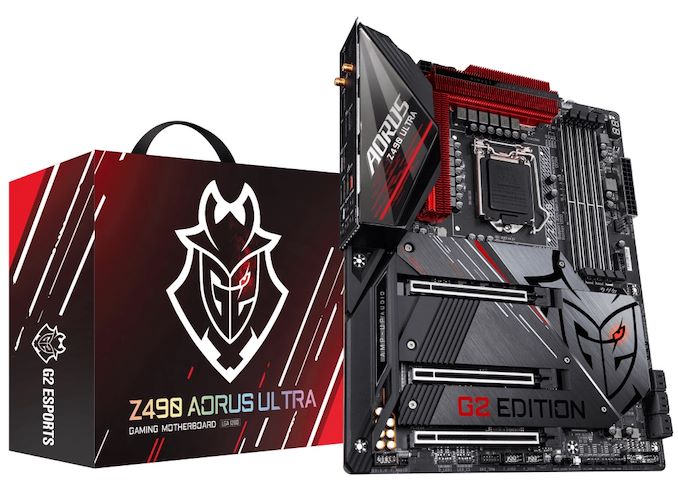
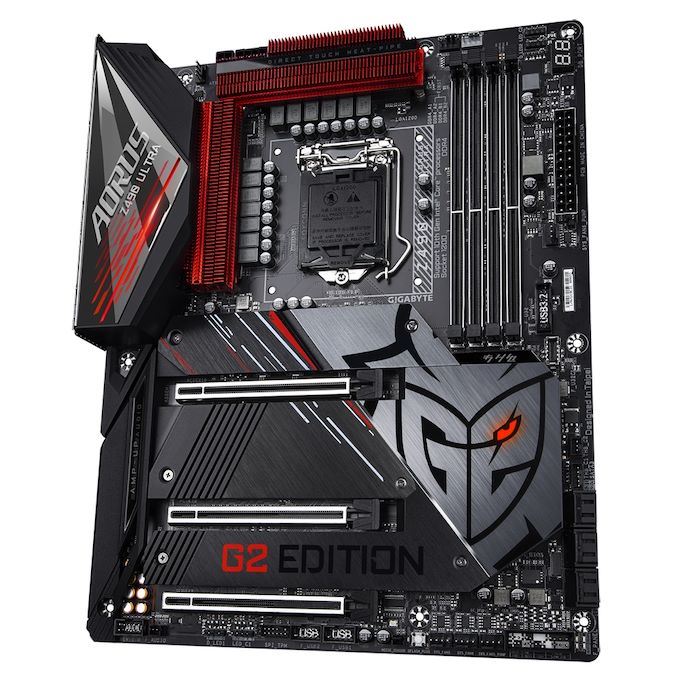
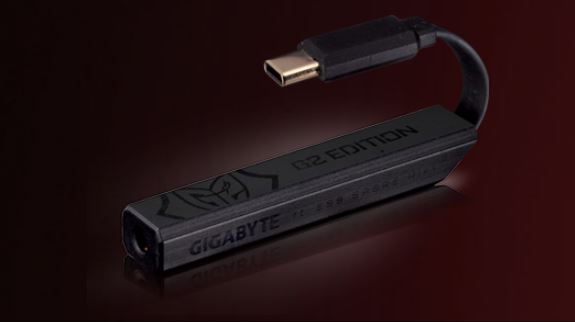

 Quote
Quote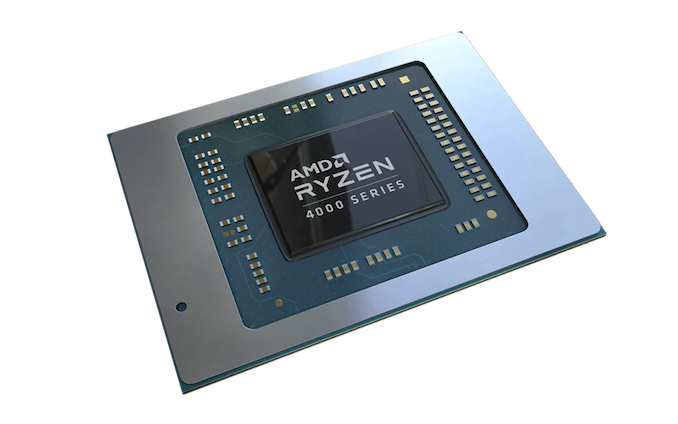

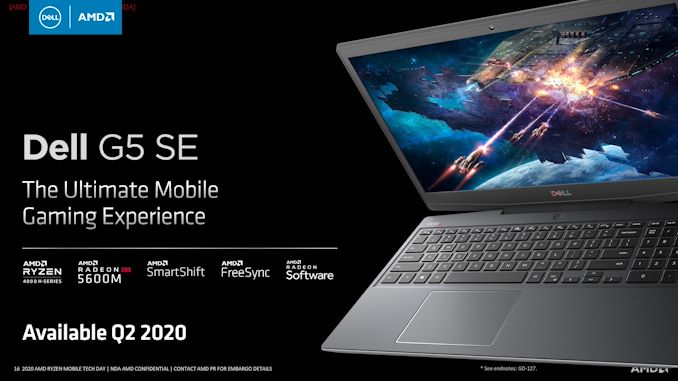
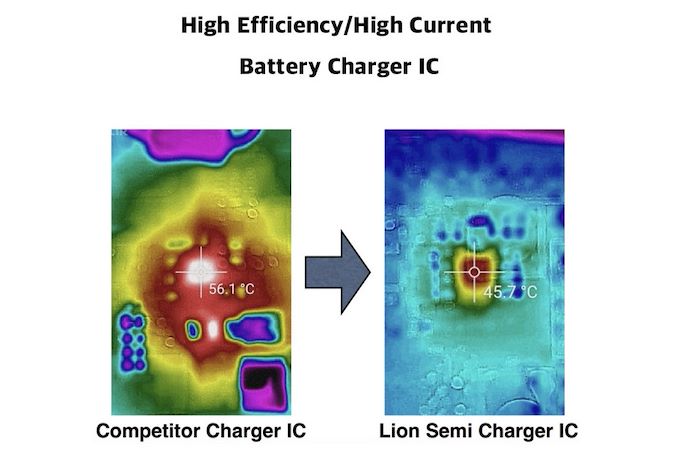
_575px.jpg)

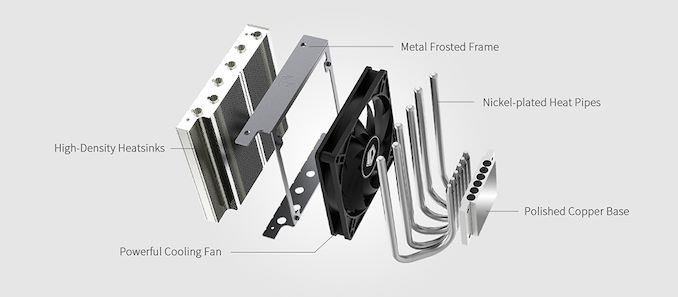

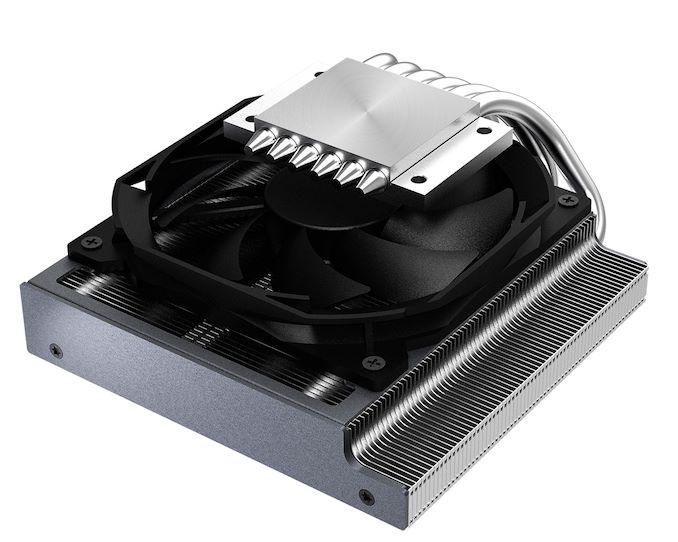
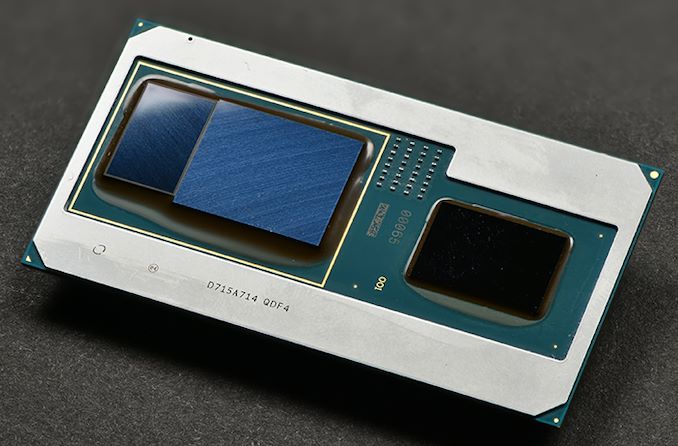
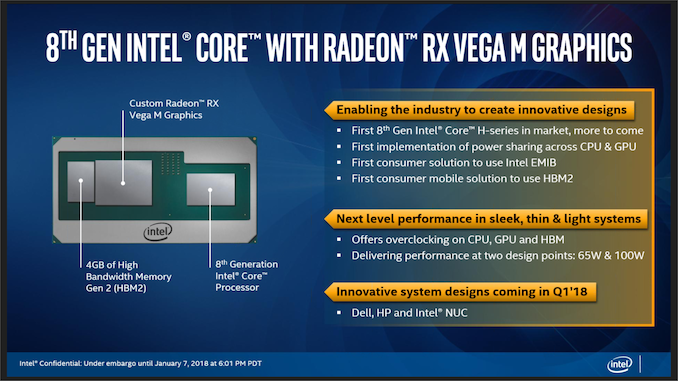

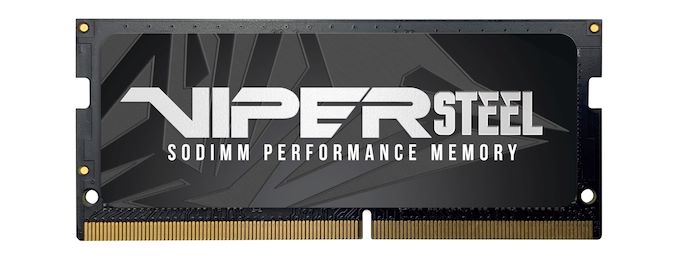
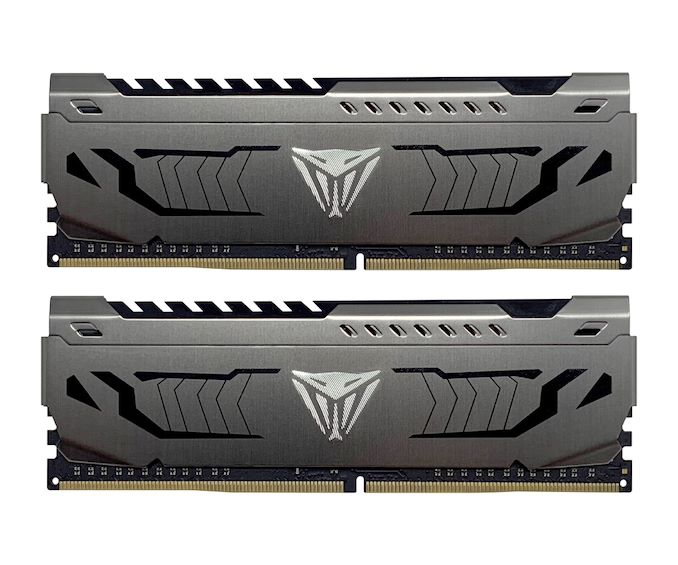
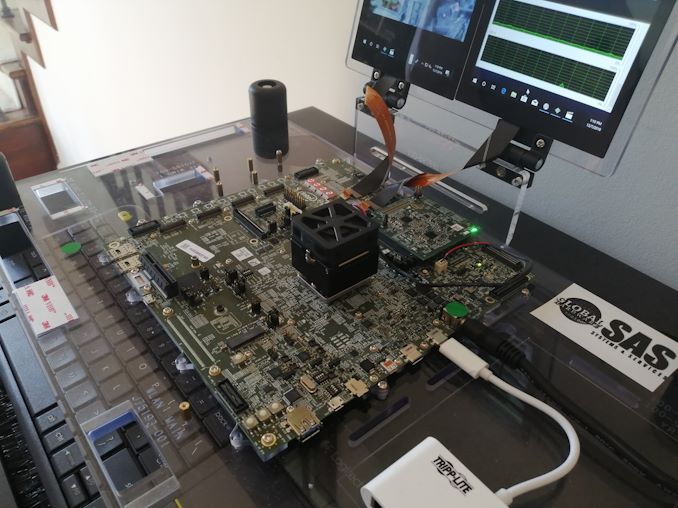
















Bookmarks